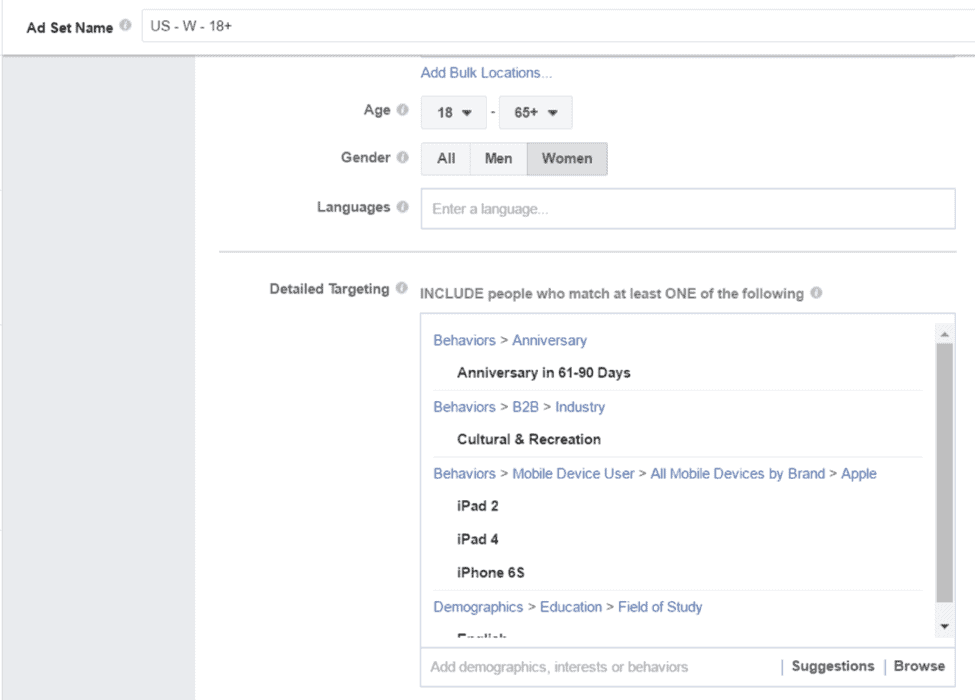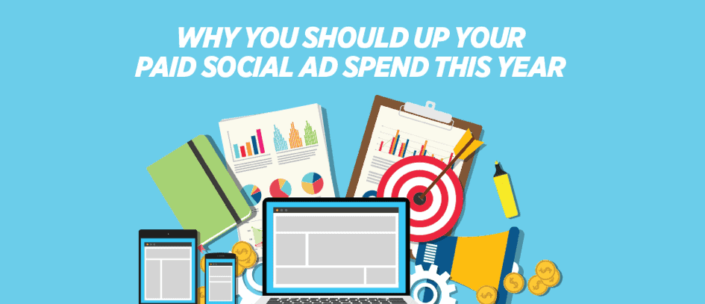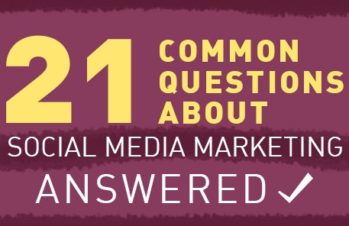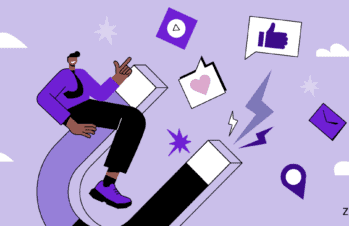Google’s been announcing some major developments in the past few months.
In November, they announced that the search engine would be moving toward mobile-first indexing. Then this June, Google’s Senior VP of Ads and Commerce, Sridhar Ramaswamy, posted an announcement that the search engine had joined the Coalition for Better Ads, an organization that works to improve the online ad experience.
The Coalition released a report recently detailing guidelines for creating better ads – in other words, ads that people don’t find annoying.
Google pulled some of these guidelines for a post on their DoubleClick blog, which you can read here. And while we won’t go into all the details, suffice it to say that what people find least annoying are ads that blend the most seamlessly with the content they’re consuming.
Maybe it’s just us, but that sounds like paid advertising, in our opinion.
Now, it’s important to note that the DoubleClick post refers not to paid social ads, but to the more traditional digital ads that we all see, on content publisher sites, especially.
However, the takeaway is highly relevant:
Internet users today want ads that don’t interrupt, that are relevant to their interests, and that is immersive.
That’s why paid social is having a banner year in 2017 – analysts have predicted that social ad spending will top $35 billion this year. Judging by the past several years, which have each seen consistent growth, that growth will continue into the future.
So while we certainly wouldn’t advise any brand to dump their traditional digital advertising, we can tell you that – as long as you do it right – paid social is an excellent investment in your brand. Here are 5 reasons why.
Paid social is a necessity if you want your brand to be seen on social media.
Organic social is fine and dandy, of course, and it’s still important. However, if you want your posts to be seen, it’s really a necessity to pony up for some paid social ads.
Why? Well, there’s this statistic, for example:
There are more than 2 million brands advertising on Facebook, according to Sprout Social.
That means that when you post something on social media, you’re competing with at least 1,999,999 other businesses – and those are just the ones that are advertising. Realistically, there’s no way that your posts are going to get engagement from more than a few people unless you pay to promote them.
This is exacerbated by how sophisticated social media algorithms are getting.
Social media providers know that users don’t want their feeds cluttered up by branded posts, and so they’re always working hard to make sure their users have the experience that they expect and desire. Because you know – that’s what great brands do.
So while this may make you feel like throwing up your hands and saying “How will I ever stand out?” what it should really make you do is pay closer attention to what your users want – immersive, relevant advertising that doesn’t feel like advertising – and give them more of that.
Paid social allows you to target users with incredible specificity.
It’s really amazing how specific you can get with your ad targeting these days.
Look at Facebook, for example. You can customize your audience by everything from the level of education and field of study, to online activities, to simple demographics.

We just picked some random categories here, but you get the idea. You can even target an ad to people who only use the iPhone 7, which is great for app and game developers.
This ultra-targeting means that you’re a lot less likely to be wasting your ad dollars. Instead of showing your ad to people who almost certainly aren’t going to buy what you’re selling anyway – men and maternity clothes, for example – you can expect that most of the people who see your ad will at least have some interest in your product or service.
This is good for business for two reasons.
First, you’re not annoying people with ads for things they’d never be interested in.
And second, you’re cultivating an audience. Even if the people who see your ad don’t make a purchase today, seeing that ad may awaken an interest in your brand that eventually leads to a purchase, a second purchase, and ultimately, a loyal customer.
It’s highly resource- and cost-effective.
Making a Facebook, LinkedIn, Pinterest or Instagram ad isn’t an instant process, but it’s something most people can learn fairly quickly – as opposed to, say, the full-on graphic design skills needed to develop great banner ads.
What’s also helpful about paid social advertising is that there are levels of complexity you can rise through.
So when you’re just starting out, you can create relatively basic ads with relatively basic targeting.
Once you’ve done that, you can take a look at your metrics (you are looking at your data, right?) and see how your ad is doing. You can even do split testing through Facebook Ad Manager, allowing you to test out two different versions of an ad to see how each one performed.
While social media expertise certainly helps, and you really should have a dedicated social media manager on your team, you don’t have to be an expert in order to get started with paid social.
Another thing you don’t need with paid social: a huge budget. These ads, across all platforms, start at quite reasonable prices – roughly between 16 cents and $1 per click, based on factors including your company size, your budget, the number of people you want to see your ad, and many more.
However, you don’t need to worry about suddenly facing a $1,000 ad bill because you had a particularly good click-through week. With Facebook (and Instagram, since they’re owned by Facebook), you set a daily or weekly budget and your ad stops running once it’s reached your max spend.
So if you set a budget of $5 per day, you know you won’t be spending more than $5 a day. Period.
This is especially helpful for small businesses that don’t have a lot of wiggle room in their budgets. And marketers agree that in general, the ROI on social media ads is significant – certainly worth the investment in the ads themselves.
Paid social is here to stay, and it’s only going to grow – at least in the foreseeable future. Learn more about developing a great social media presence with “9 Harsh Truths About Your Social Media Marketing – and What to Do About Them.”







